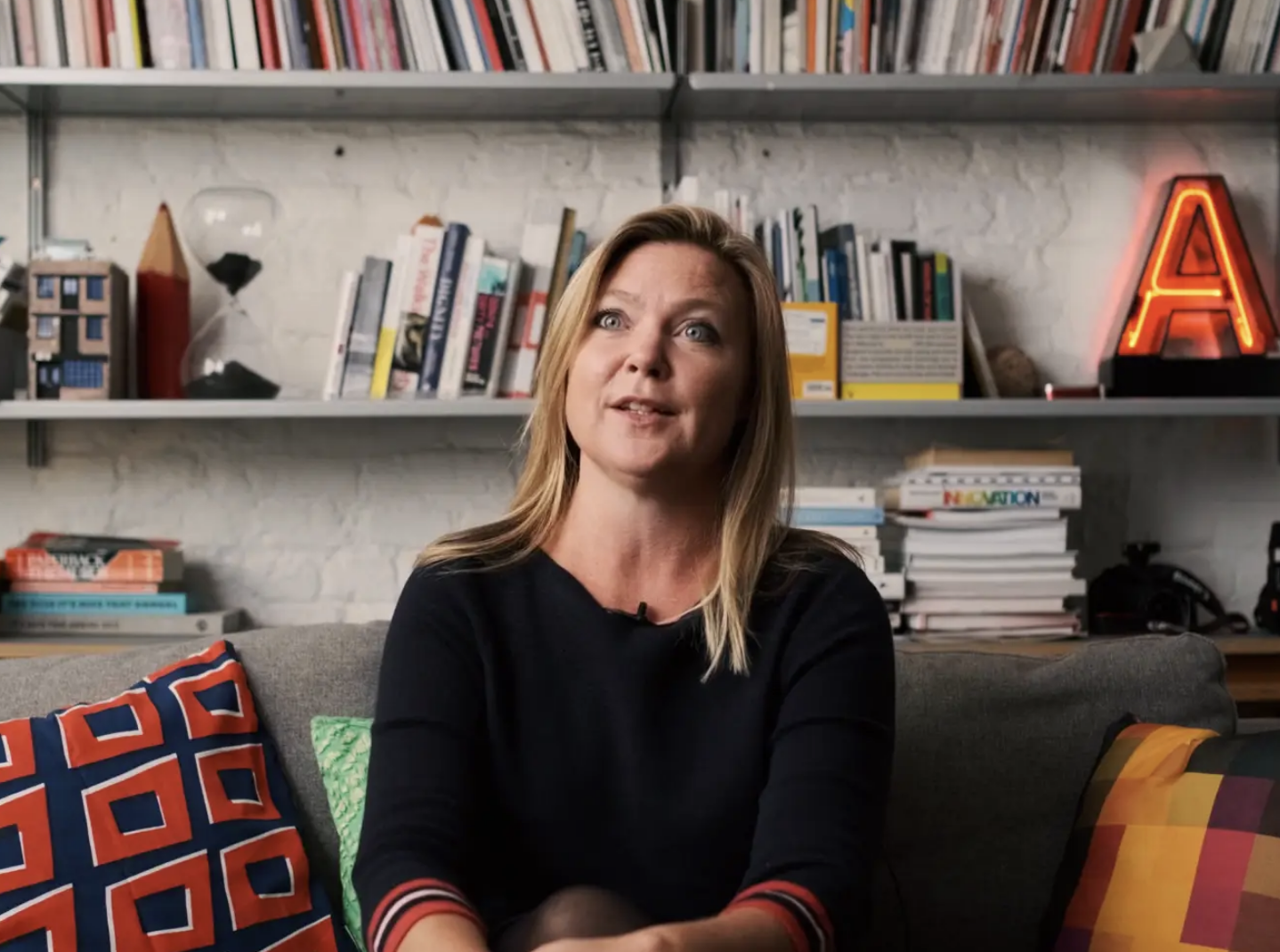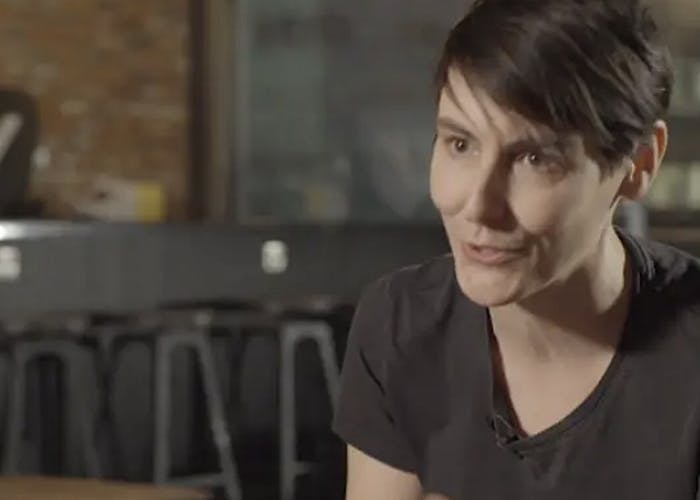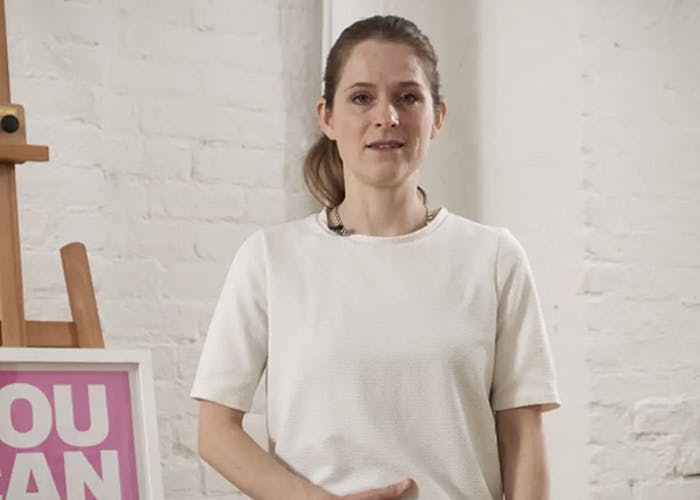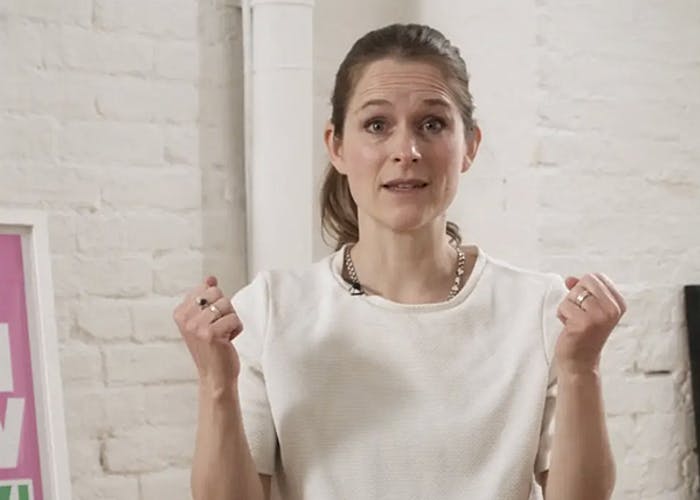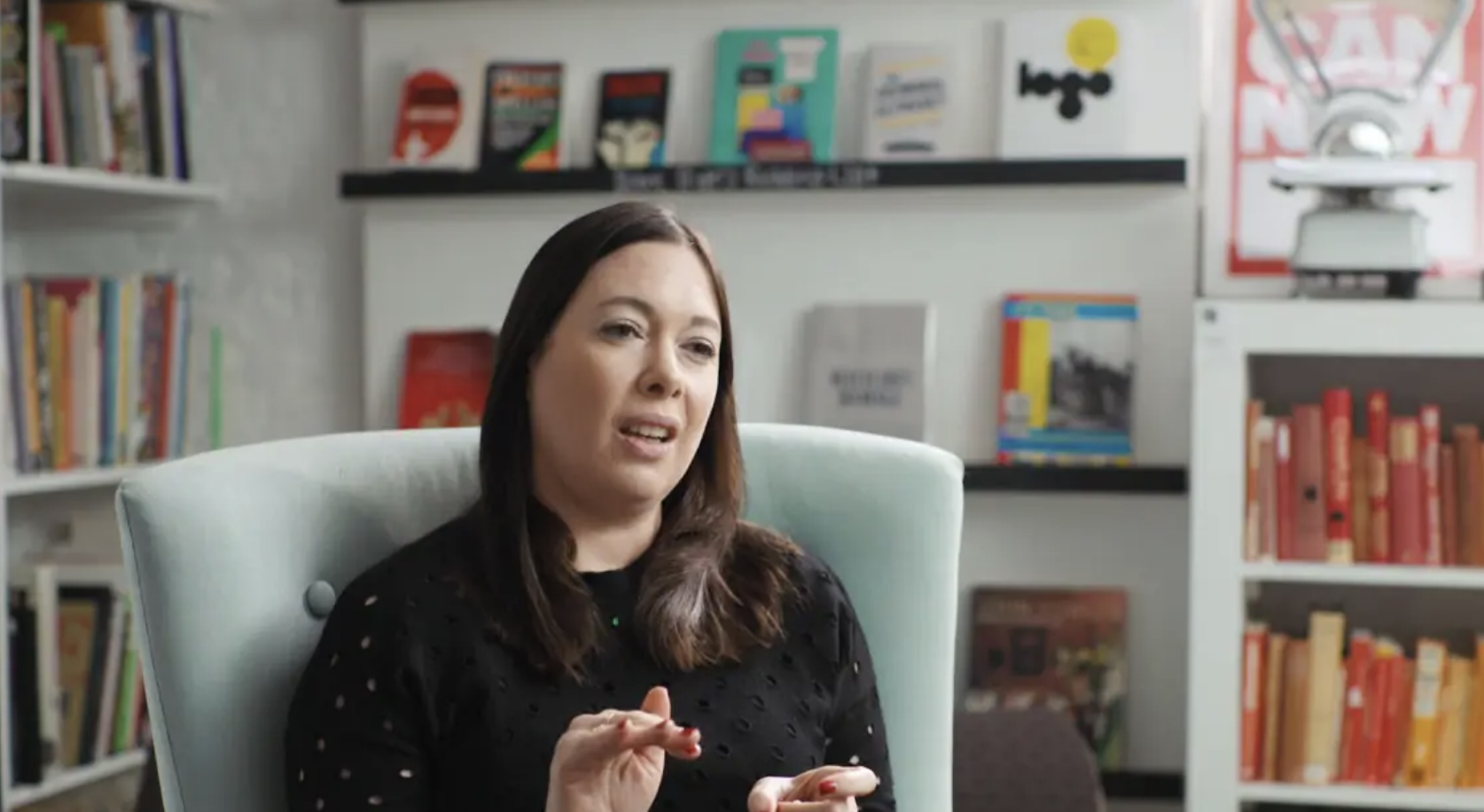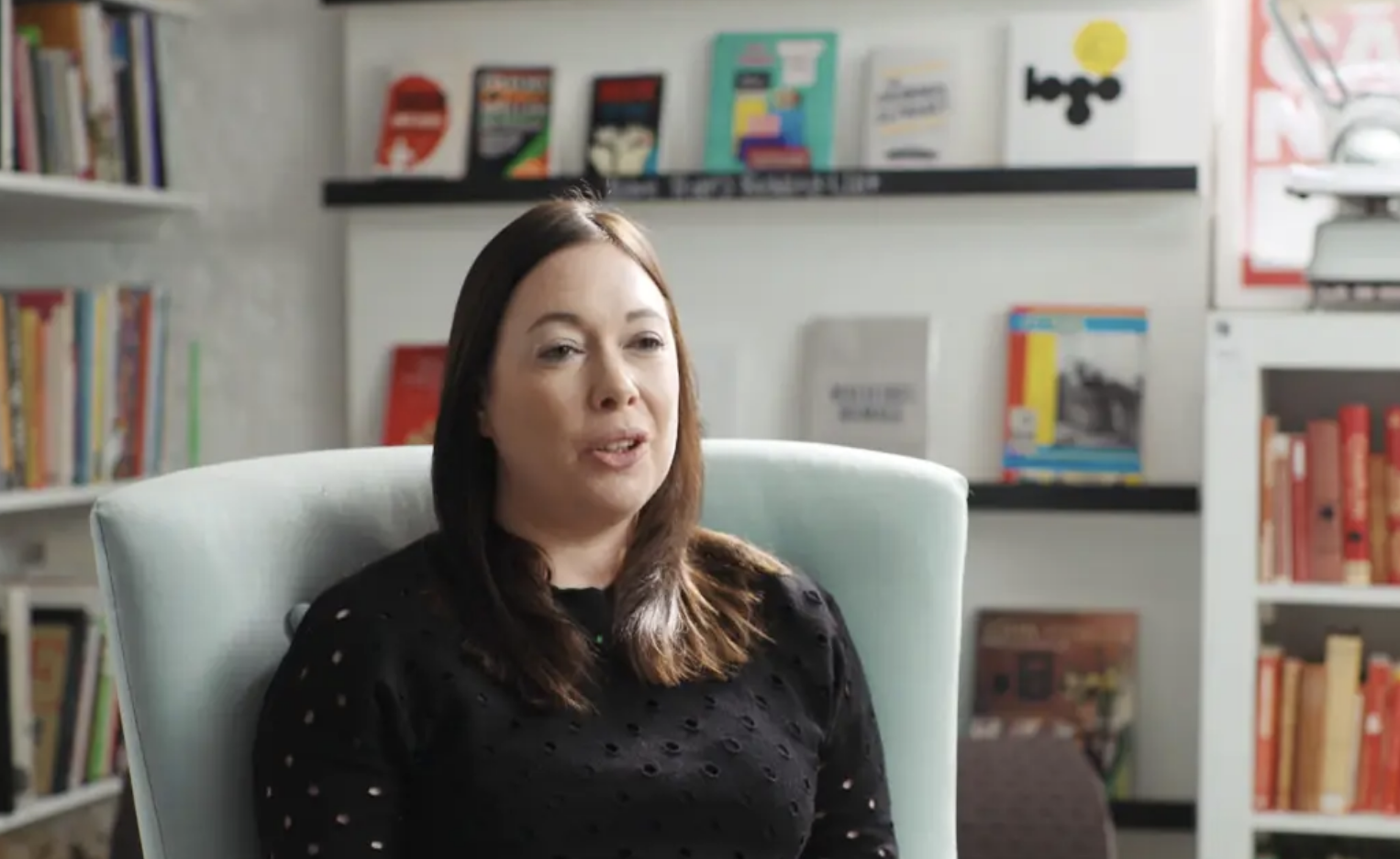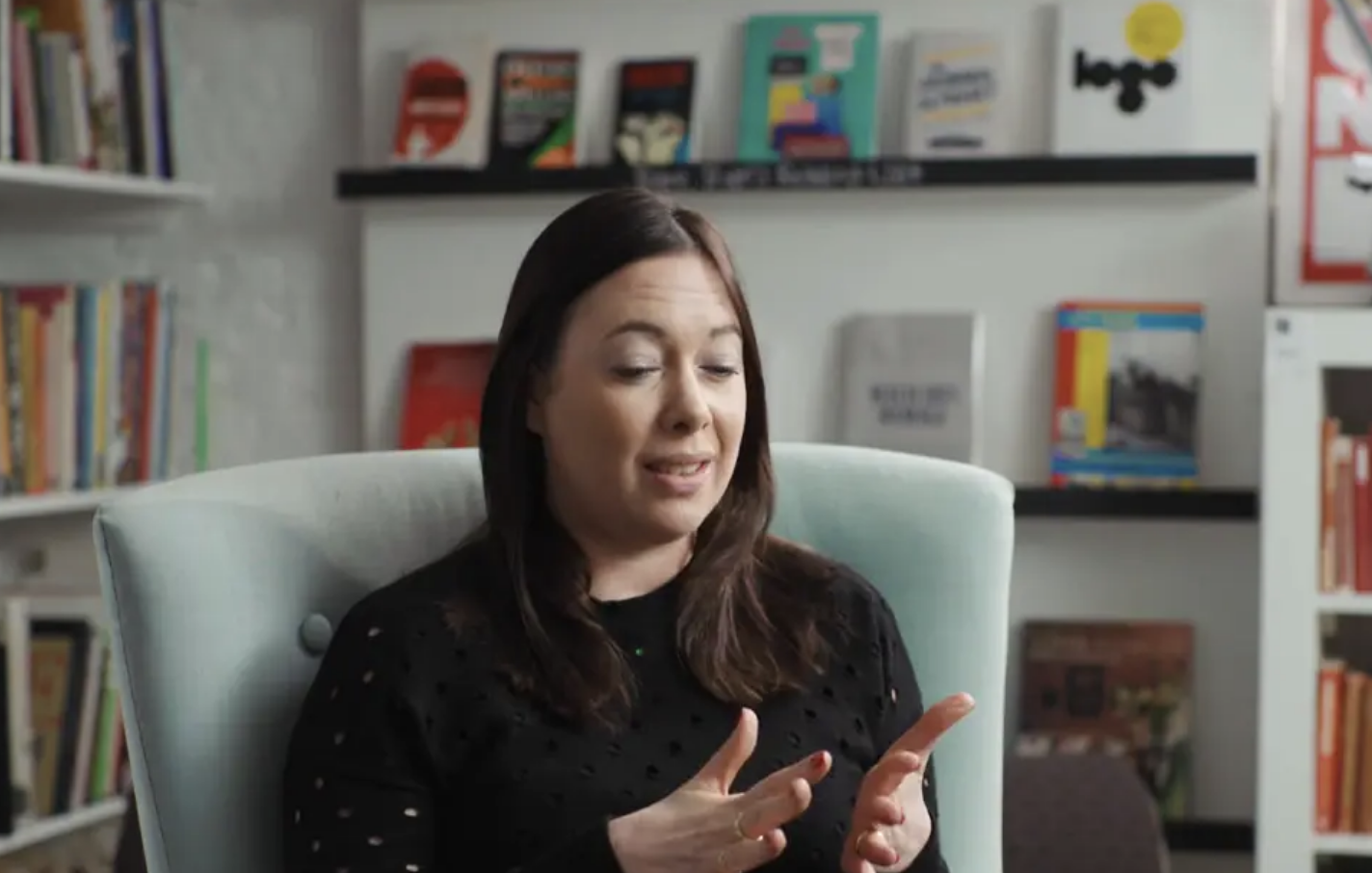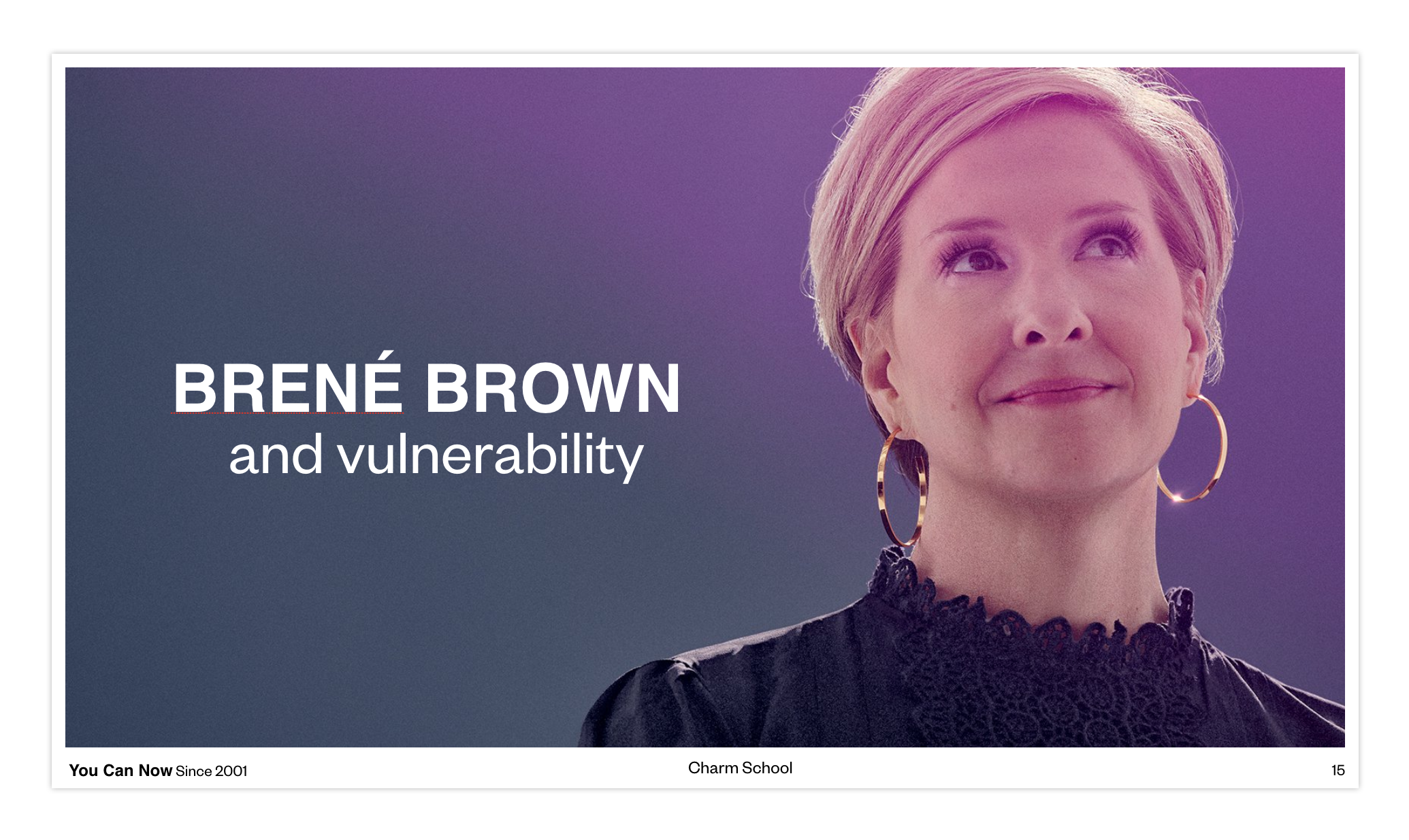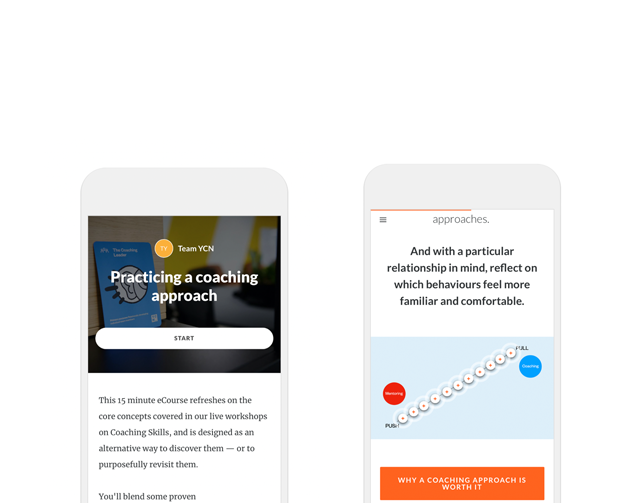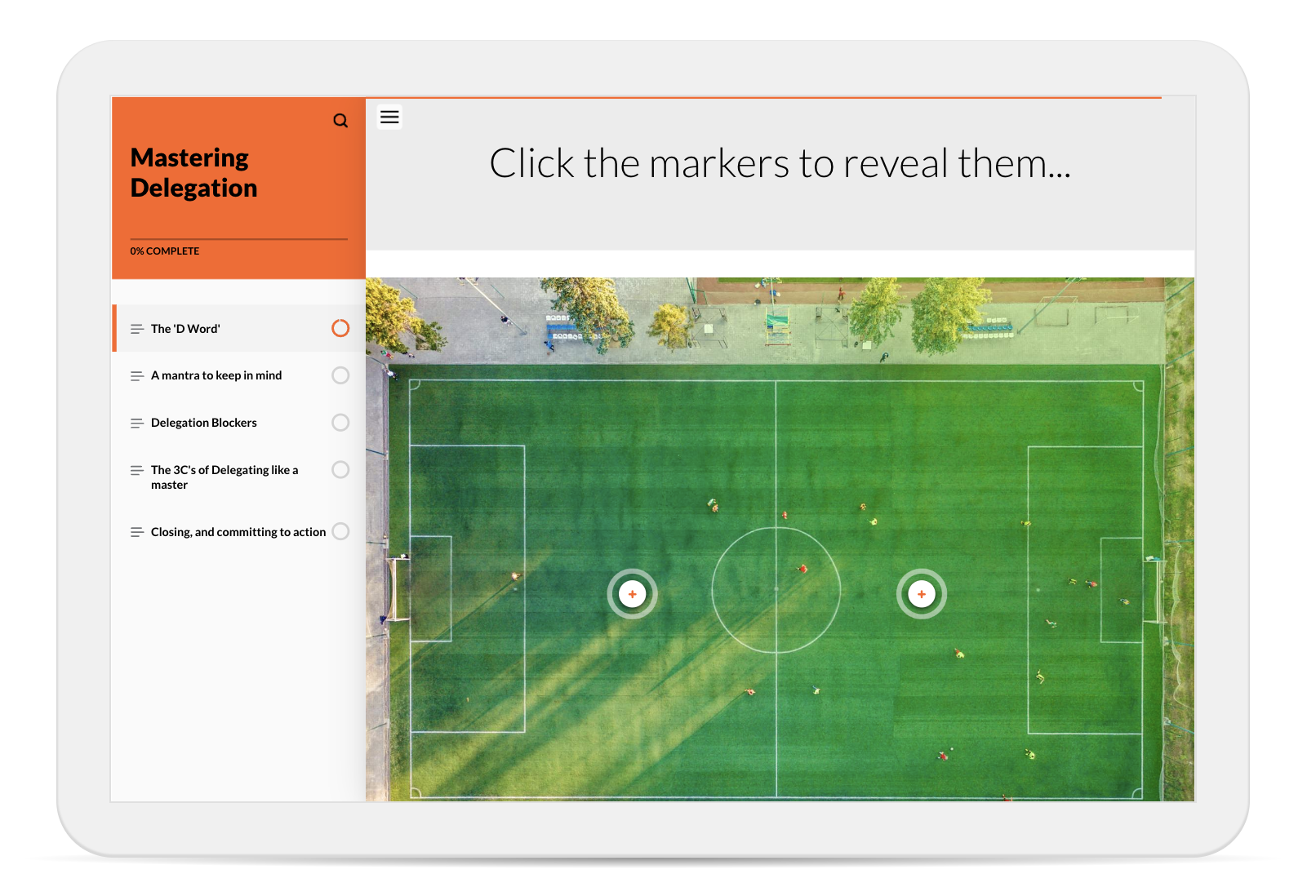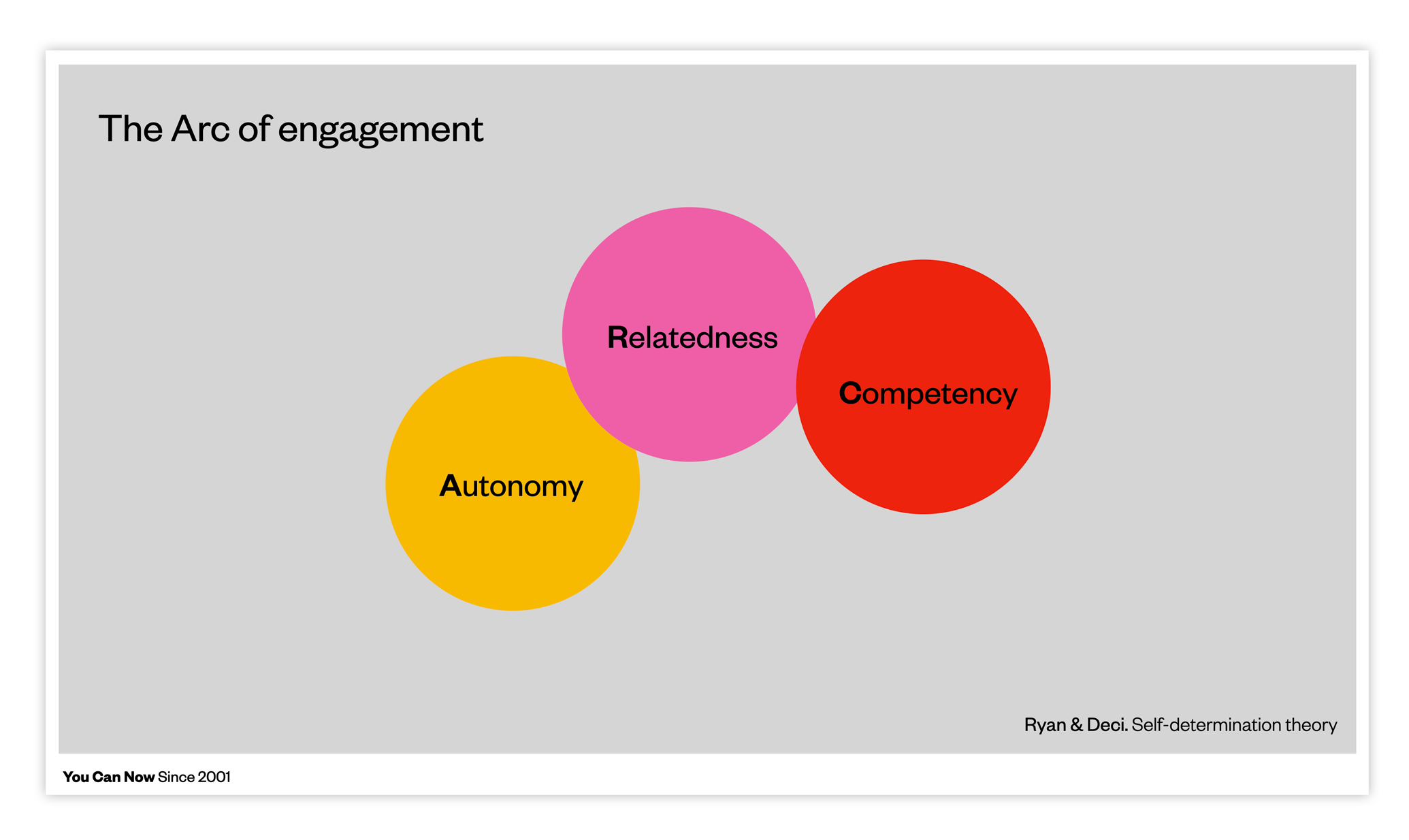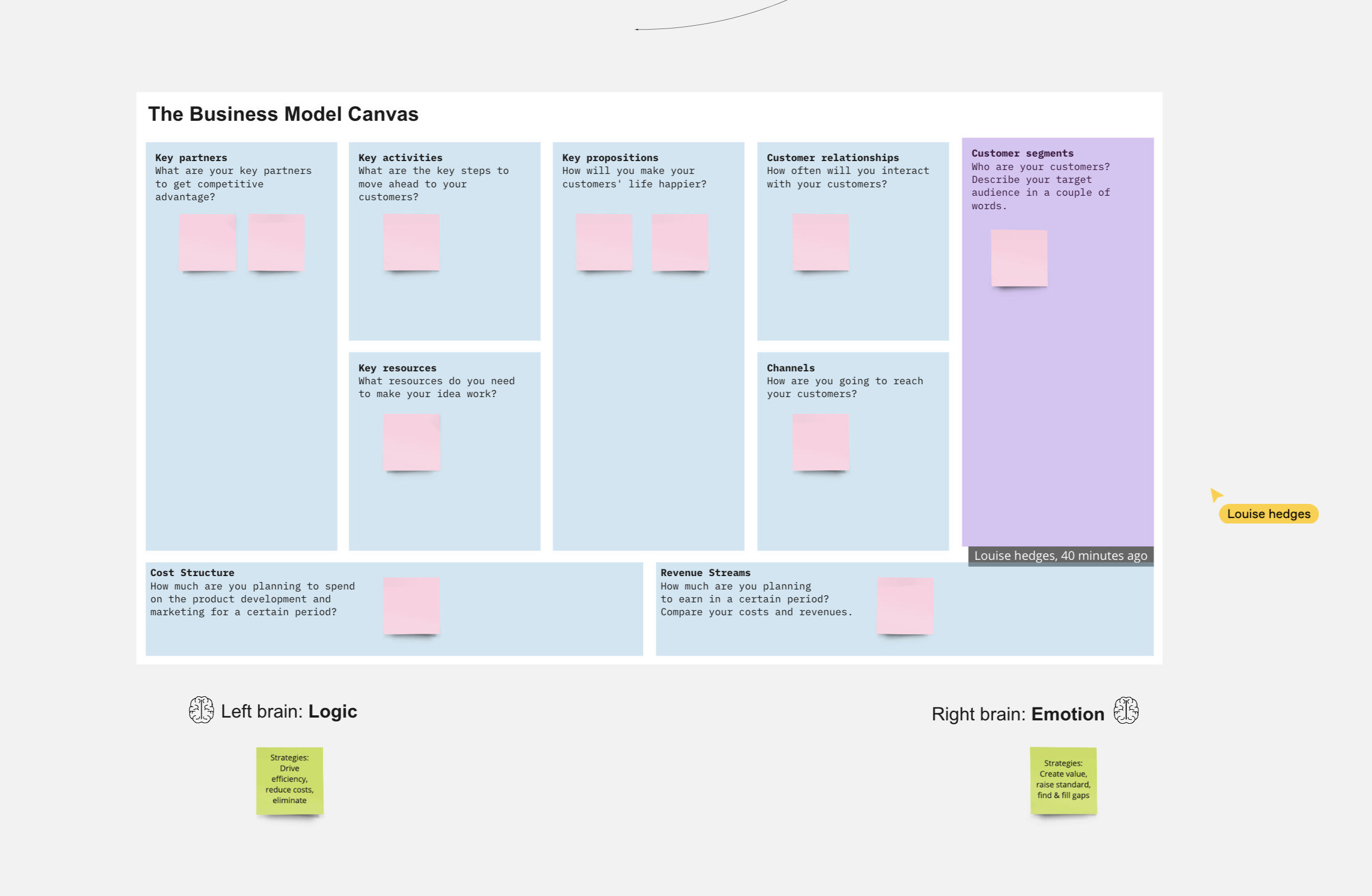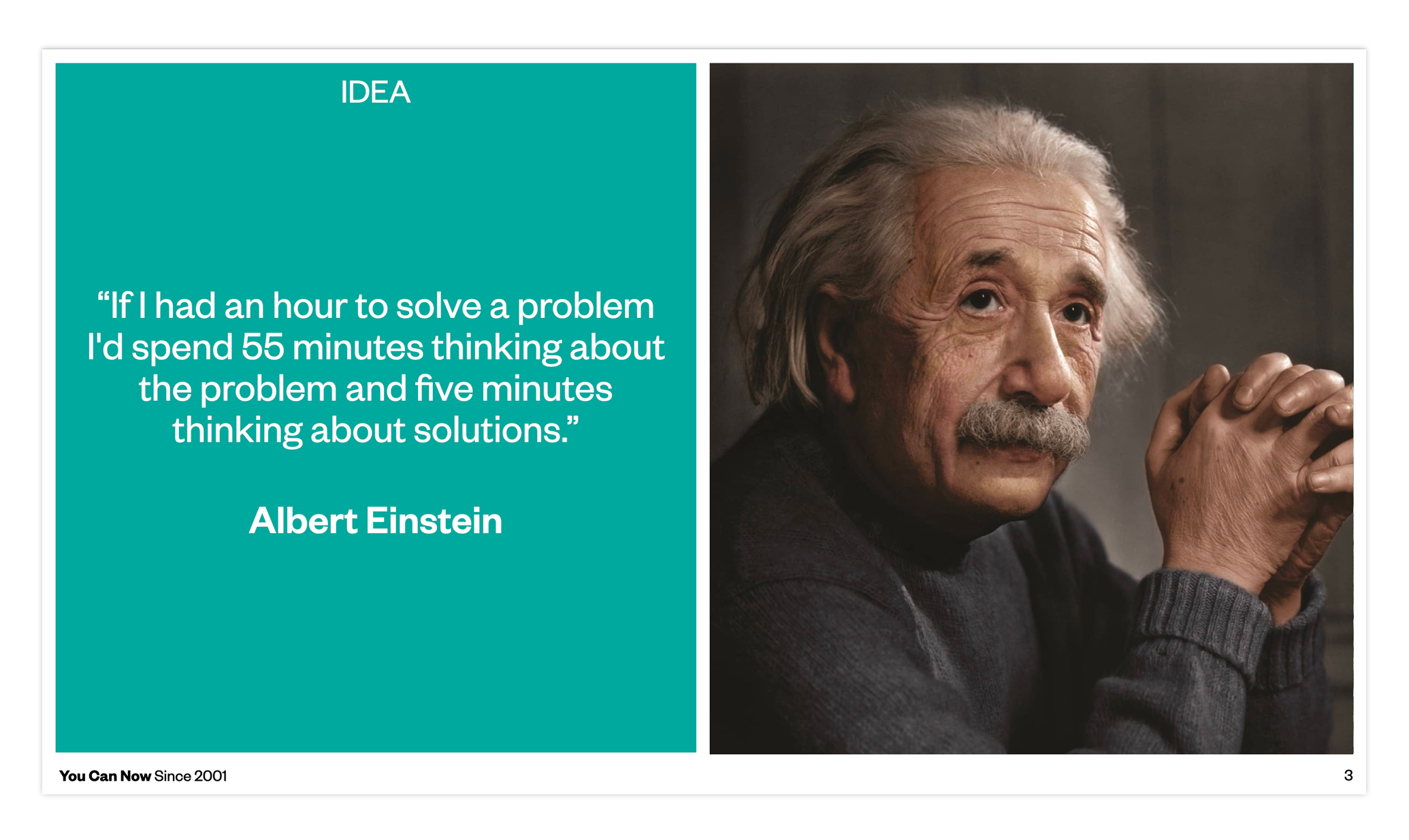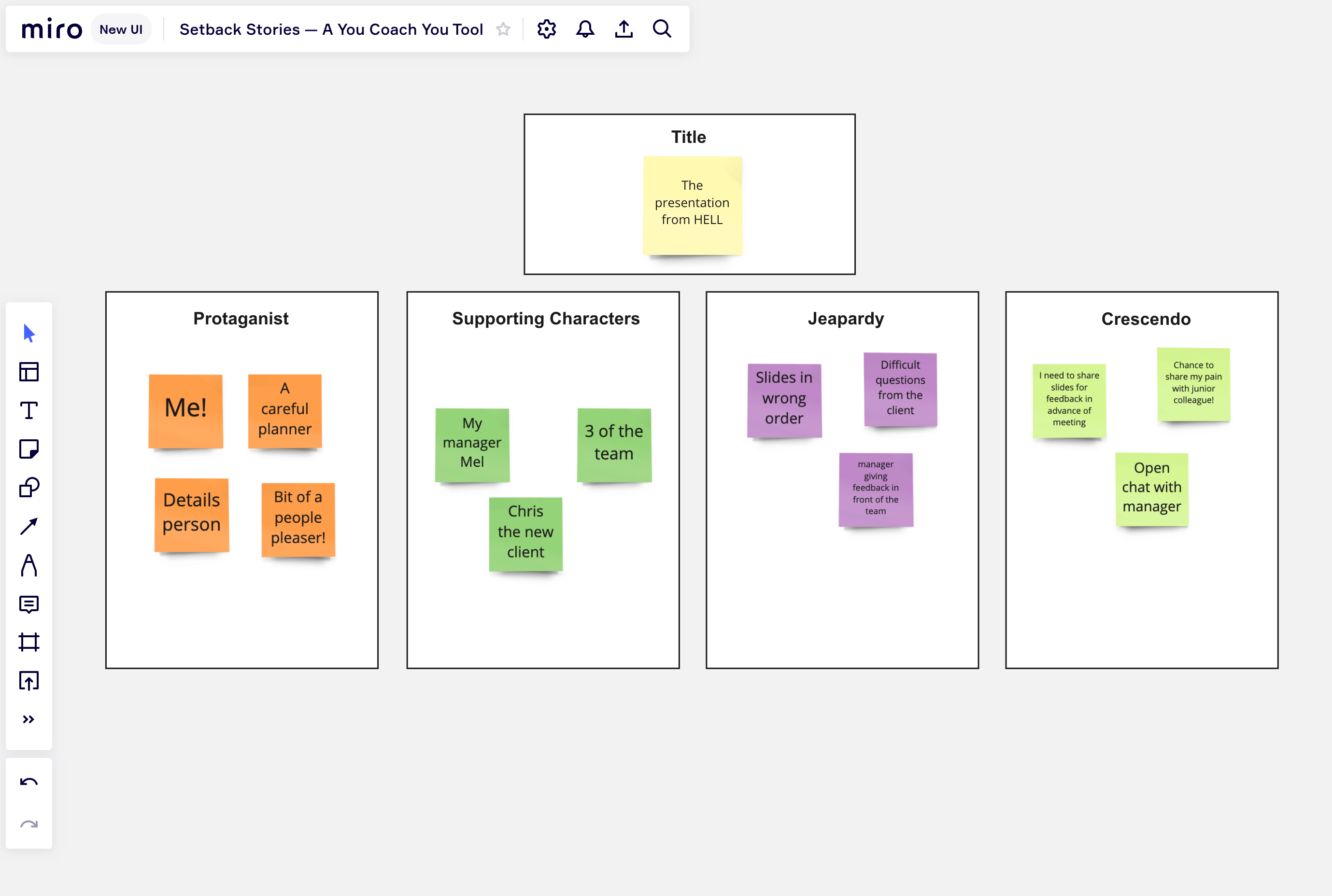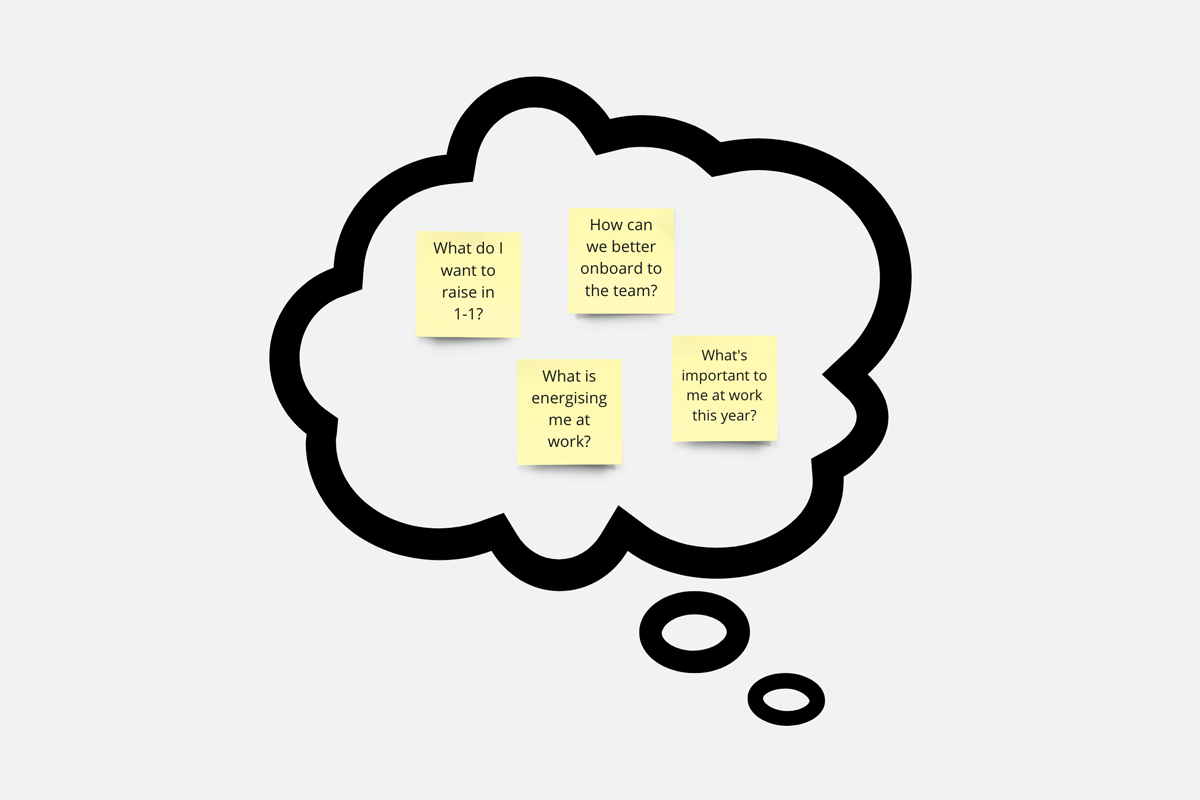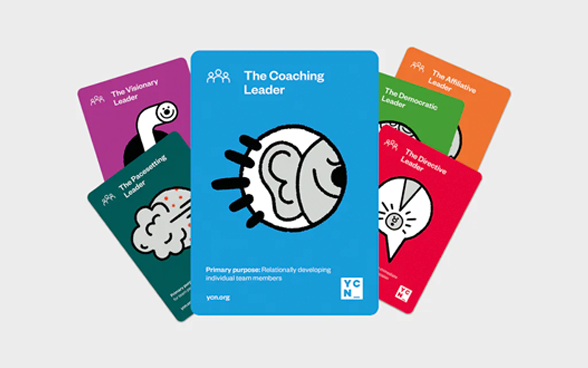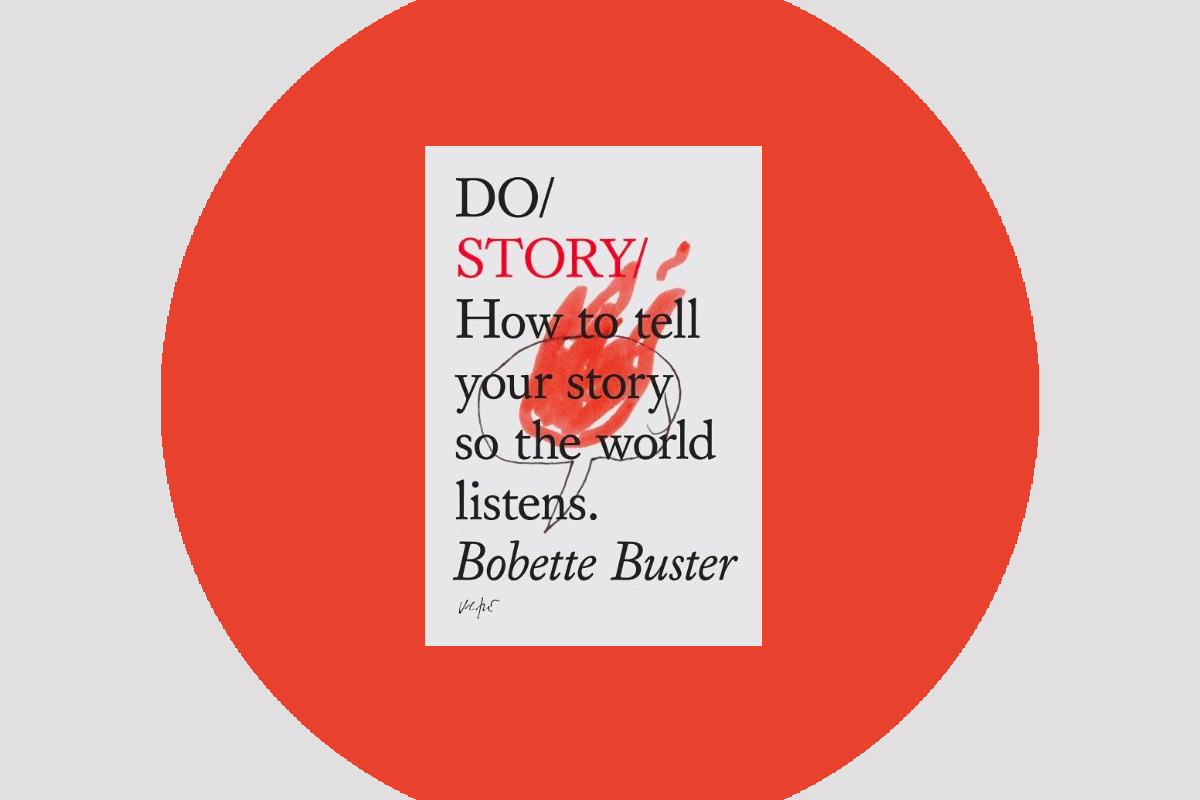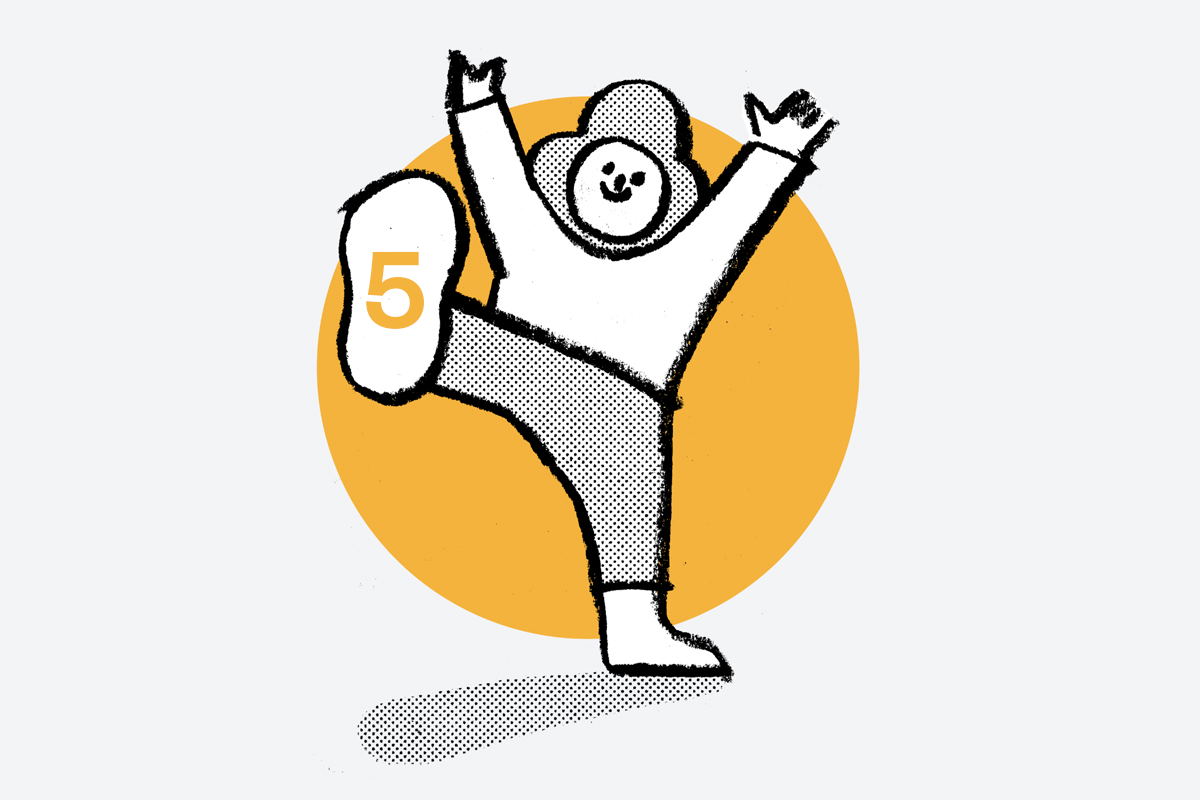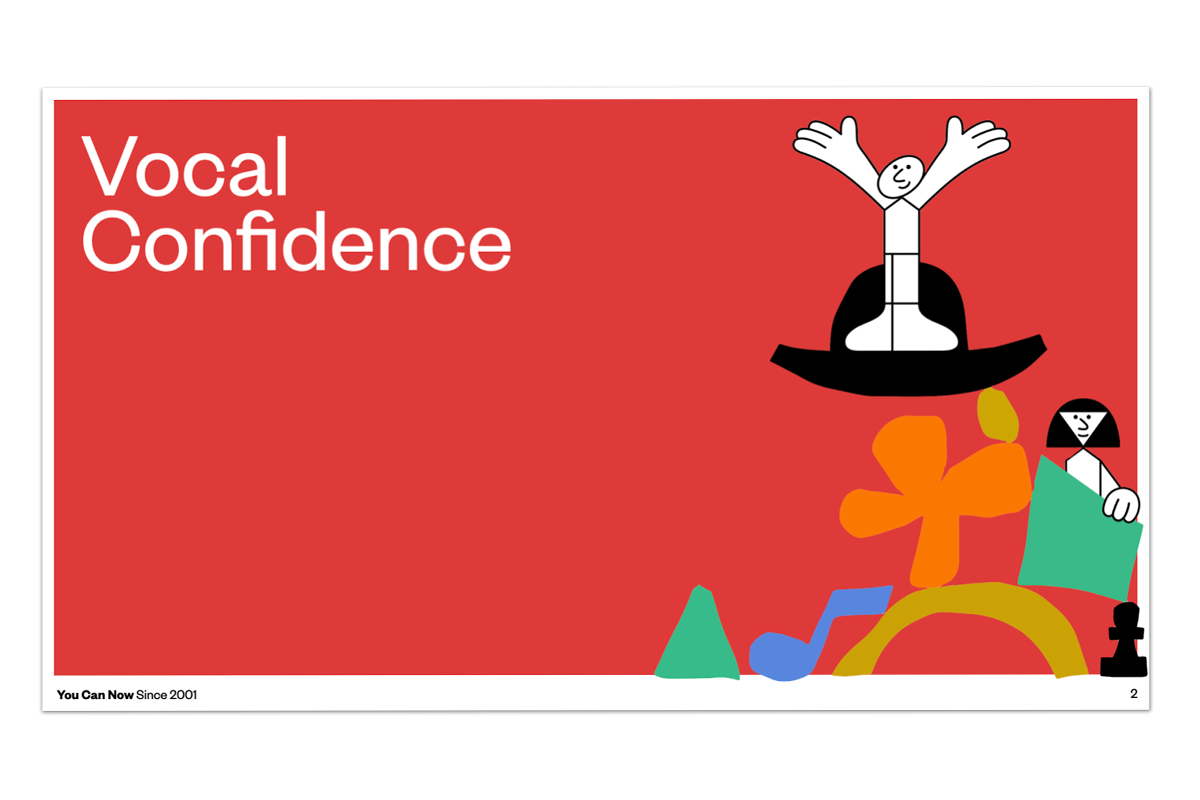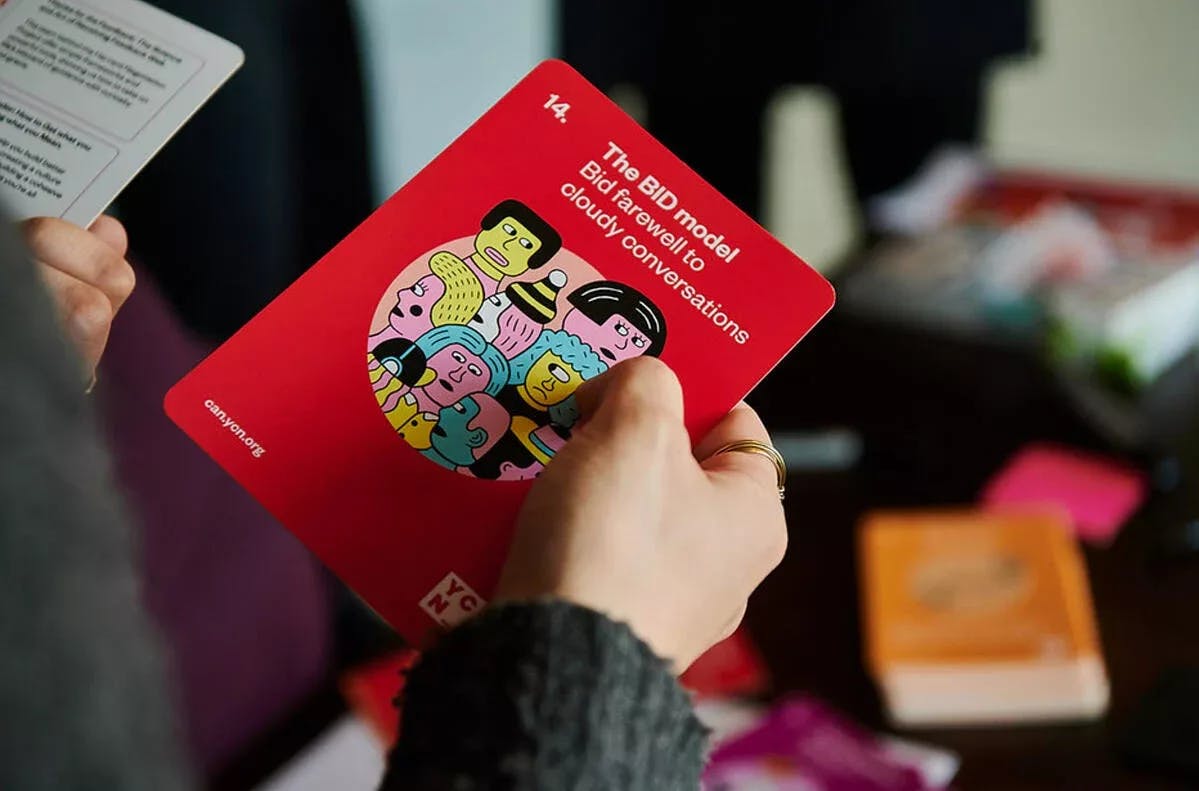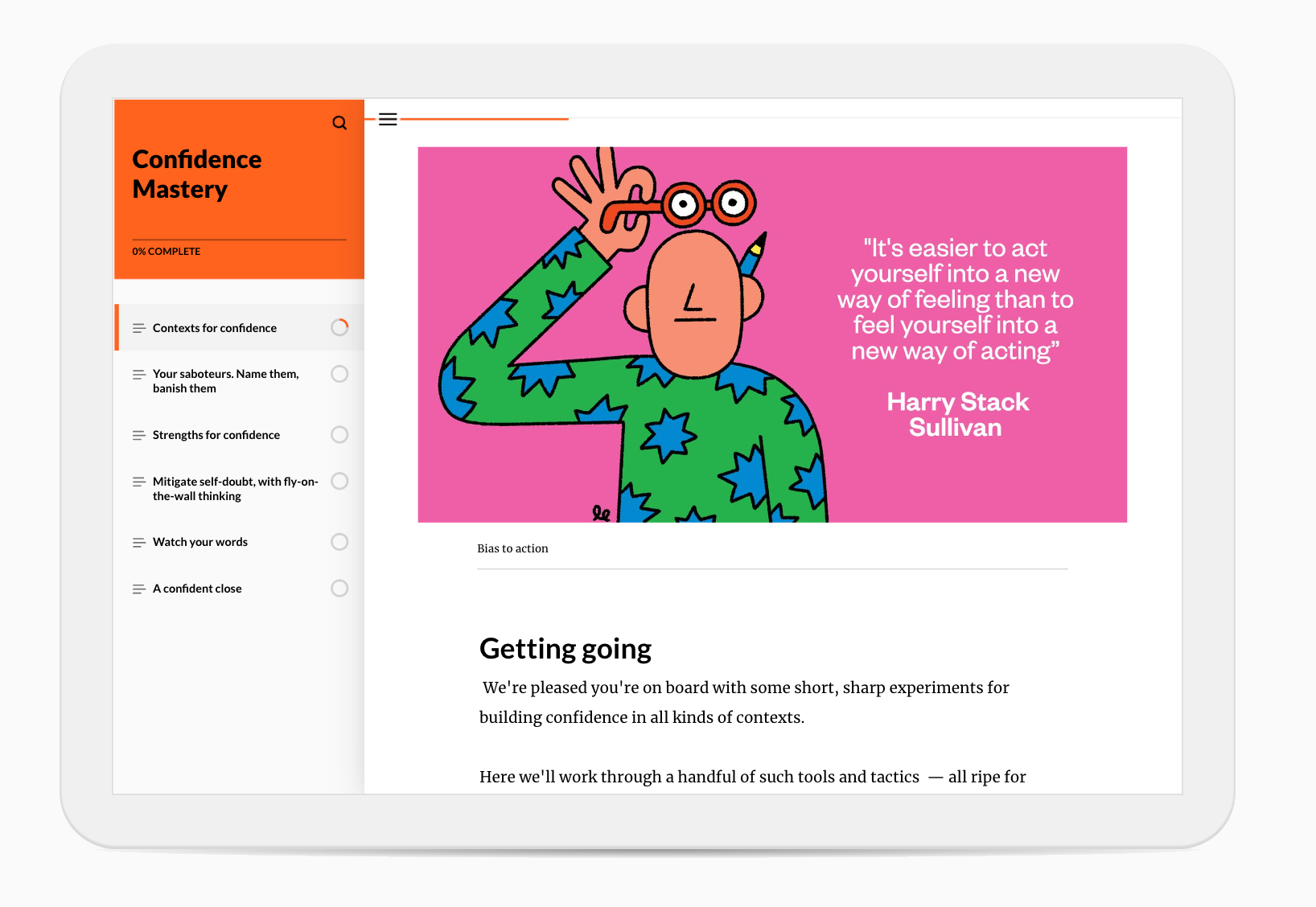Personal Effectiveness
Chatter: Practical tools to apply, and harness the voice in your head

Your Chatter action plan
Summarised here are techniques drawn from Chatter, and chunked into three practical and complementary sections — tools you can use on your own, tools that fit into relationships with others and tools that involve your environment. And to reiterate Ethan's point above, the invitation is to experiment and try as many as you can to see which combinations work best for you. Enjoy your experiments, and let us and Ethan know how you get on.
Tools to try solo
The ability to 'step back' from the echo chamber of our own minds so we can adopt a broader, calmer, and more objective perspective taking is an important tool for combating chatter. Many of the techniques reviewed in this section help people to do this, although some — like performing rituals and embracing superstitions — work via other pathways.
One way to create distance when you're experiencing chatter involves language. When you're trying to work through a difficult experience, use your name and the second person 'you' to refer to yourself. Doing so is linked with less activations in brain networks associated with rumination and leads to improved performance under stress, wiser thinking, and less negative emotion.
Another way to think about your experience from a distanced perspective is to imagine what you would say to a friend experiencing the same problem, or challenge as you. Think about the advice you'd give that person and then apply it yourself.
Chatter involves narrowly focussing on the problems we're experiencing. A natural antidote to this involves broadening our perspective. To do this, think about how the experience you're worrying about compares with other adverse events you (or others) have endured, how it fits into the broader scheme of your life and the world, and/or how other people you admire would respond to the same situation.
Knowing that you are not alone in your experience can be a potent way of quelling chatter. There's a linguistic tool for helping people do this: Use the word "You" to refer to people in general when you think and talk about negative experiences. Doing so helps people reflect on their experiences from a healthy distance and makes it clear that what has happened is not unique to them but characteristic of human experience in general.
Another way to gain distance and broaden your perspective is to think about how you’ll feel in a month, a year or even longer from now. Remind yourself that you’ll look back on whatever is upsetting you in the future and it’ll seem much less upsetting. Doing so highlights the impermanence of your current emotional state.
Write about your deepest thoughts and feelings surrounding your negative experience for fifteen to twenty minutes a day for one to three consecutive days. Really let yourself go as you jot down your stream of thoughts; don’t worry about grammar or spelling. Focussing on your experience from the perspective of a narrator provides you with distance from the experience, which helps you make sense of what you felt in ways that improve how you feel over time.
Performing a ritual — a fixed sequence of behaviours that’s infused with meaning — provides people with a sense of order and control that can be helpful when they’re expecting chatter. Although many of the rituals we engage in (for example silent prayer and meditation) are passed down to us from our families and cultures, performing rituals that you can create yourself can likewise be effective for quieting chatter.
TOOLS THAT INVOLVE OTHER PEOPLE
When we think about the role that other people in our lives play in helping us manage our inner voice, there are two issues to consider. First, how can we provide chatter support for others. And second, how can we help others to help us?
When people come to others for help with their chatter they generally have two needs they’re trying to fulfil: they’re searching for care and support, on the one hand (emotional needs), and concrete advice about how to move forward and gain closure, on the other (cognitive needs). Addressing both of these needs is vital to your ability to calm other people’s chatter. Concretely, this involves not only empathetically validating what people are going through but also broadening their perspective, providing hope, and normalising their experience. This can be done in person, or via texting, social media and other forms of digital communication.
Offering advice about how to reduce chatter can backfire when people don’t ask for help; it threatens people’s sense of self-efficacy and autonomy. But that doesn’t mean there aren’t still ways of helping others when they experience chatter and don’t ask for assistance. In such situations providing support invisibly, without people being aware you’re helping them is useful. There are many ways to do this. One approach involves covertly providing practical support, like cleaning up the house without being asked.
Another could involve helping broaden people’s perspectives indirectly by, for example, talking in general terms about others who have dealt with similar experiences (for example, ‘it’s amazing how stressful everyone finds parenthood’), or by soliciting advice from someone else but without signalling that the questions are meant to help the person in need. For example if my colleague was struggling to connect with their graduate student, and we found ourselves at a function with other advisers, I might casually ask a group whether they’ve experienced trouble connecting with their students and, if so, how they managed the situation.
Other people can powerfully influence our beliefs, including our expectations about how effectively we can deal with chatter and how long it will last. You can use this interpersonal healing pathway by providing the people you’re advising with an optimistic outlook that their conditions will improve, which changes their expectations for how their chatter will progress.
TOOLS FOR RECEIVING CHATTER
Finding the right people to talk to, those who are skilled at satisfying both your emotional and cognitive needs, is the first step to leveraging the power of others. Depending on the domain in which you’re experiencing Chatter, different people will be uniquely equipped to do this. While a colleague may be skilled at advising you on work problems, your partner may be better suited to advising you on inter-personal dilemmas. The more people you have to turn to for chatter support in any particular domain, the better. So build a board of chatter advisers, a group of confidants you can turn to for support in the different areas of your life in which you are likely to find your inner voice running amok.
Although many rituals can be performed alone, there is often added benefit that comes from performing a ritual in the presence of others (for example, communal meditation, a team’s pre-game routine or even just toasting drinks with friends the same way each time). Doing so additionally provides people with a sense of support and self-transcendence that reduces feelings of loneliness.
Voyeuristically scrolling through the curated news feeds of others on Facebook, Instagram et al can trigger self-defeating, envy-inducing through spirals. One way to mitigate this outcome is to curb your passive social media usage. Use these technologies actively instead to connect with others at opportune times.
TOOLS THAT INVOLVE THE ENVIRONMENT
When we experience chatter, we often feel as if we are losing control. Our thought spirals control us, rather than the other was around. When this happens you can boost your sense of control by imposing order on your surroundings. Organising your work or home space, making a list, and arranging all the different objects that surround you are all common examples. Find your own way of organising your space to help provide you with a sense of mental order.
Spending time in green spaces helps replenish the brain’s limited attentional reserves, which are useful for combatting chatter. Go for a walk in a tree-lined-street or park when your’e experiencing chatter. If that’s not possible, watch a film clip of nature on your computer, stare at a photograph of a green scene or even listen to a sound machine that conveys natural sounds. You can surround the spaces in which you live and work with greenery to create environments that are a boon to the inner voice.
Feeling awe allows us to transcend our current concerns in ways that put our problems in perspective. Of course, the experiences that provide people with awe vary. For some it’s exposure to a breathtaking vista. For someone else it's the memory of a child accomplishing an amazing feat. For others it may be staring at a remarkable piece of art. Find what instils a sense of awe within you, and then seek to cultivate that emotion when you find your internal dialogue spiralling. You can also think about creating spaces around you that elicit feelings of awe each time you glance at them.
GOOD TO KNOW
Recorded prior to the publication of his new book Chatter, Ethan joined the American Psychological Society's 'Speaking of Psychology' podcast, for a fascinating conversation, prompted by a tweet that went viral — sparking debate around the reality of inner monologues. Listen in full here.







